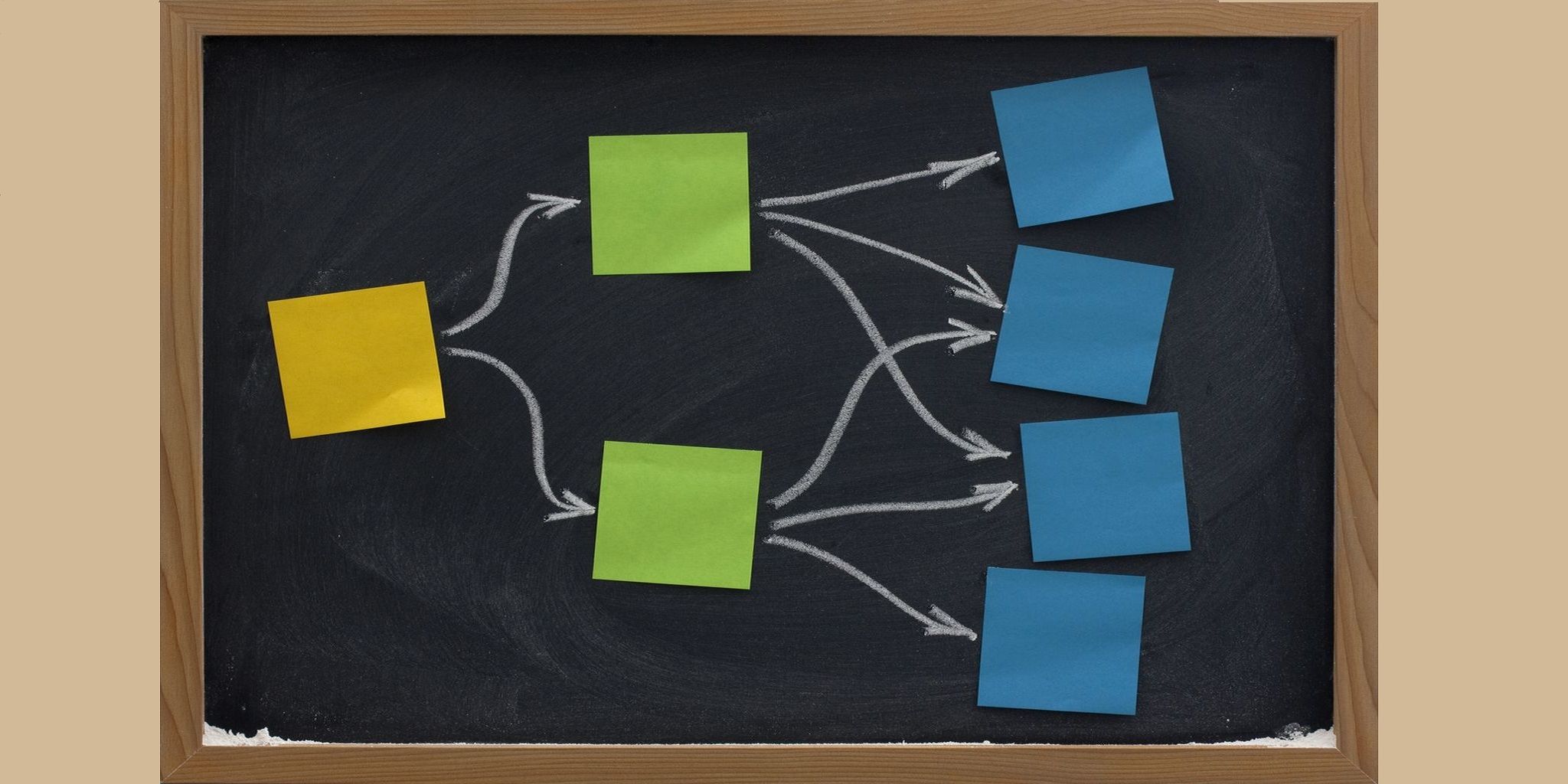Making it all work – GTD with Mindmapping
Before my introduction to GTD, I thought I had most things in my life under control. What I didn’t realize was just how much energy I was using to keep my unfinished commitments top of mind. I was suffering from ‘Information Overload’ and apparently, I wasn’t alone. The research firm Basex estimates that this problem costs the U.S. economy over $900 billion per year. And the problem doesn’t appear to be going away anytime soon. I was being bombarded with information from all directions at an ever increasing pace… e-mail, junk mail, text messages, phone calls, RSS feeds and meetings.
Sound familiar? Don’t worry, it doesn’t have to be that way. Determined to combat this issue and increase my productivity, comprehension, concentration, innovation, and maybe most importantly peace of mind, I incorporated GTD principles into my workflow to regain control of my life. The results? Fantastic. Here are some tips and tricks that I picked up as I started to fine-tune and apply MindManager and GTD to my work and life.
Capture
To be in control of my life, I needed a trusted system to capture everything going on within it. I started to use a combination of MindManager and Outlook to capture everything, big and small, so I wouldn’t have to remember anything. Ultimately, this freed up my mind so I could be more present with everything I was working on, both personally and professionally. I used MindManager to perform a ‘mind-sweep’, which is a process of capturing everything I’d been thinking about – all my unfinished projects, unanswered emails, unfulfilled dreams. It was a great relief to get everything out of my head and into one place that I could refer back to. Next, I experimented with MindManager add-ins like Gyro-Q which allowed me to quickly add ideas & tasks into a map, even when MindManager was closed. This minimized the impact of the constant interruptions in my life. With everything now in one place, I started to clarify what everything that I captured really means to me.
Clarify
I was amazed at how much information I was retaining in my mind, trying to ‘hold’ everything together. Deadlines, promises, deliverables. I was involved in a lot of different activities at work and it was hard to keep track of everything consistently or know at any point in time what I needed to do to move all my projects forward. Now, I’m still engaged in a wide variety of activities, but I also know what needs to happen to move items from an inbox to my desired outcome. That’s a huge change in how I process everything. I keep the following trigger questions in a map that helps me quickly process the constant flow of information that surrounds me. Is this actionable? What do I hope to achieve? What do I need to do next?
When items were not actionable, I started to delete them (this was tough for me as I’m a bit of a digital packrat), file them as reference material or create tasks that I categorized as something that I might like to tackle in the future. By defining the required actions and expected outcomes for all my tasks, I was able to be more strategic about how to use my time and energy.
Organize
Organization is both fun and dangerous for me. I love to be organized but need to be careful not to spend more time organizing than doing actual work. I began to use Microsoft Outlook as the single place where I managed all tasks. If I’ve captured a task or something I’m waiting for in a meeting map, I added it to Outlook. Emails with actions for me quickly became tasks by either dragging them into the task section or using the GTD Outlook add-in. Task categorization was essential to simplify and streamline the processing of tasks. I reviewed my task list by category and worked through the list based on my location, my access to the Internet, how much time and energy I had. And, by priority. For instance, I leveraged my commute for items that didn’t require internet access, like phone calls or reviewing emails and research. This let me leave work and be more focused, with fewer interruptions. Organizing by context allowed me to pick the activity that best suited my present circumstances.
Reflect
Here’s an area that I’m still working on, my daily and weekly reviews. I use another MindManager map to guide me through my review process. Reviews help ensure my system is updated and complete. As a result, I have the ‘big picture’ perspective that guides me when I’m deciding which tasks to tackle from moment to moment.
Engage
Here’s where the ‘rubber hits the road’ and where MindManager really shines. GTD has been a great and flexible methodology that helped me process and decide what tasks to do. MindManager improved how I thought through and completed each task. They’re perfect complements. Whether I’m planning a project, running a meeting, managing information, or brainstorming ideas for new products or strategies, I use MindManager maps to capture and organize all my thoughts, ideas and information into coherent strategies and plans. I see the big picture, uncover hidden relationships and accomplish more, with less effort.
Photo: © Marek / Fotolia.com

